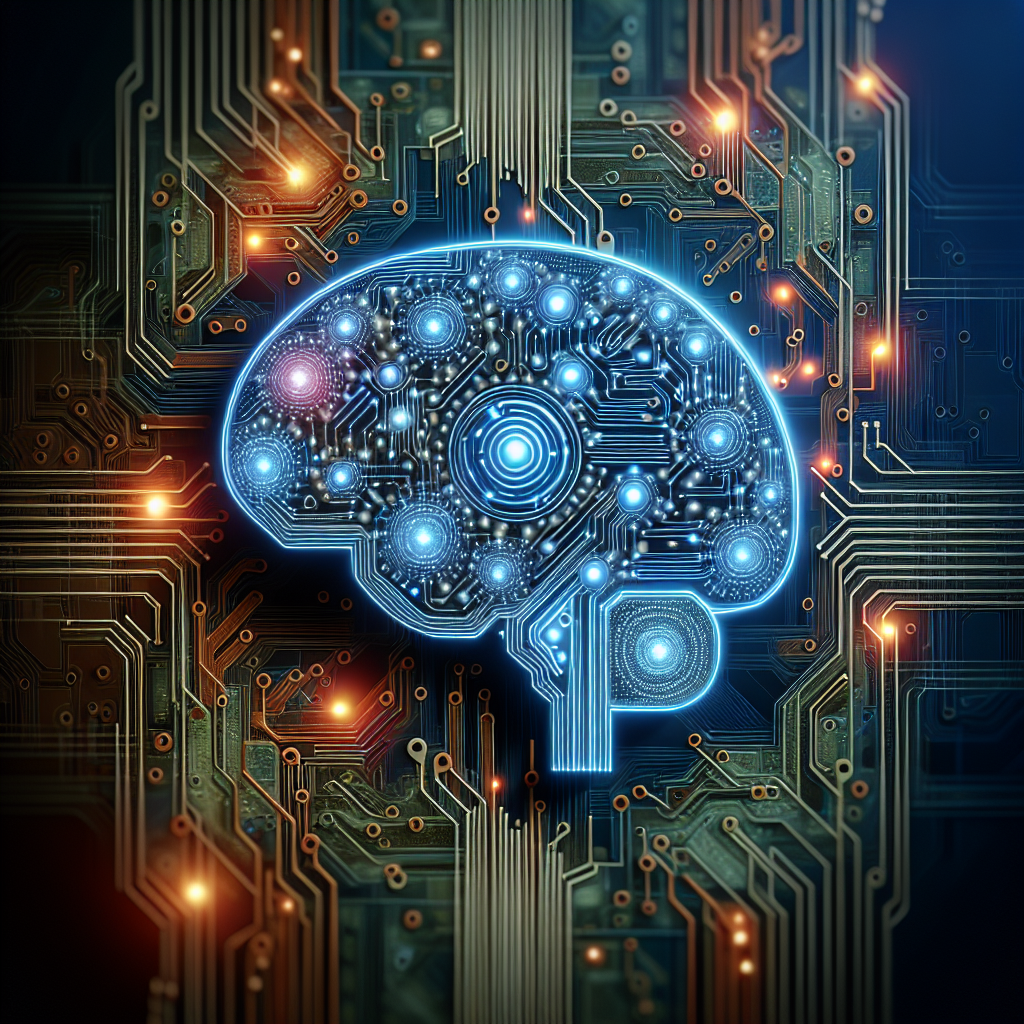Natural Language Processing (NLP) is a field of artificial intelligence that focuses on the interaction between computers and humans through natural language. It has seen significant advancements in recent years, leading to the development of sophisticated algorithms and techniques that can understand, generate, and manipulate human language. With the rapid growth of data and the increasing demand for more intelligent and human-like interactions with machines, the future of NLP looks promising.
One of the key areas where NLP has made significant progress is in natural language understanding (NLU). NLU is the ability of a computer system to understand human language in a way that is contextually relevant and meaningful. This involves tasks such as text classification, sentiment analysis, named entity recognition, and semantic parsing. With the advent of deep learning techniques, NLP models have achieved state-of-the-art performance in these tasks, enabling more accurate and reliable language understanding.
The future of NLP in NLU will likely be driven by the following trends:
1. Pre-trained language models: Pre-trained language models, such as BERT (Bidirectional Encoder Representations from Transformers) and GPT (Generative Pre-trained Transformer), have revolutionized the field of NLP. These models are trained on large corpora of text data and can be fine-tuned for specific tasks, achieving impressive results on a wide range of NLU tasks. In the future, we can expect even larger and more powerful language models that can understand and generate human language with even greater accuracy and fluency.
2. Multimodal NLP: With the increasing availability of multimodal data, such as text, images, and videos, the future of NLP will likely involve the integration of multiple modalities for more comprehensive language understanding. Multimodal NLP models can leverage both textual and visual information to better interpret and respond to human language, leading to more intuitive and contextually relevant interactions with machines.
3. Contextual understanding: One of the key challenges in NLU is understanding language in context. Human language is inherently ambiguous and context-dependent, making it difficult for machines to accurately interpret meaning. Future NLP models will focus on capturing and utilizing contextual information to improve language understanding and generate more meaningful responses. This may involve incorporating world knowledge, reasoning capabilities, and memory mechanisms into NLP systems to enhance their understanding of human language.
4. Zero-shot and few-shot learning: Zero-shot and few-shot learning are emerging techniques in NLP that enable models to perform tasks with little to no training data. These techniques allow NLP models to generalize to new tasks and domains, making them more versatile and adaptable to real-world applications. In the future, we can expect NLP models to become even more efficient at zero-shot and few-shot learning, enabling them to learn and perform new tasks with minimal supervision.
5. Ethical and bias considerations: As NLP technologies become more pervasive in society, concerns about ethical considerations and bias in language understanding are becoming more prominent. Future NLP research will likely focus on developing fair and unbiased language models that are sensitive to societal and cultural norms. This may involve designing algorithms that can detect and mitigate biases in data, as well as ensuring transparency and accountability in NLP systems.
Overall, the future of NLP in NLU looks promising, with ongoing advancements in pre-trained language models, multimodal NLP, contextual understanding, zero-shot and few-shot learning, and ethical considerations. These trends are shaping the development of more intelligent and human-like language processing technologies that can better understand and interact with humans in natural language.
FAQs
Q: What is natural language processing (NLP)?
A: Natural language processing (NLP) is a field of artificial intelligence that focuses on the interaction between computers and humans through natural language. It involves the development of algorithms and techniques that can understand, generate, and manipulate human language.
Q: What is natural language understanding (NLU)?
A: Natural language understanding (NLU) is the ability of a computer system to understand human language in a way that is contextually relevant and meaningful. It involves tasks such as text classification, sentiment analysis, named entity recognition, and semantic parsing.
Q: What are some applications of NLP in NLU?
A: Some applications of NLP in NLU include chatbots, virtual assistants, sentiment analysis, text summarization, machine translation, and speech recognition.
Q: What are pre-trained language models?
A: Pre-trained language models are large neural network models that are trained on large corpora of text data and can be fine-tuned for specific tasks. Examples of pre-trained language models include BERT (Bidirectional Encoder Representations from Transformers) and GPT (Generative Pre-trained Transformer).
Q: What is multimodal NLP?
A: Multimodal NLP is a branch of natural language processing that integrates multiple modalities, such as text, images, and videos, for more comprehensive language understanding. Multimodal NLP models can leverage both textual and visual information to better interpret and respond to human language.
Q: What are zero-shot and few-shot learning in NLP?
A: Zero-shot and few-shot learning are techniques in NLP that enable models to perform tasks with little to no training data. These techniques allow NLP models to generalize to new tasks and domains, making them more versatile and adaptable to real-world applications.

